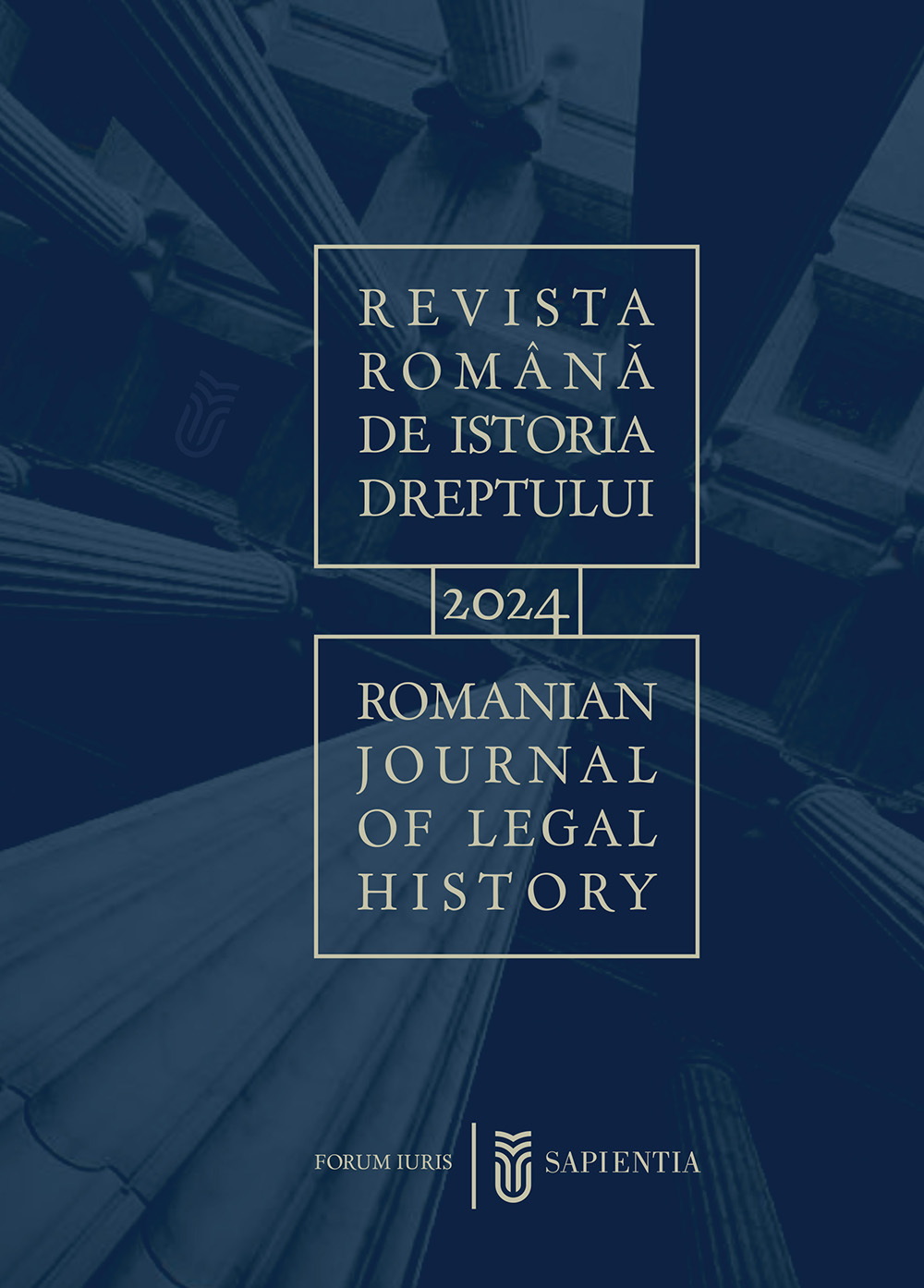The Development of Mining Laws and Property Rights over Natural Resources in Hungary Since the 19th Century
Keywords:
Natural resources, mining rights, exploitation of minerals, post-socialist legal systems, rights of future generationsAbstract
The recent discoveries of potential gold deposits in the Börzsöny Mountains have ignited intense legal and political debate in Hungary, raising fundamental questions about the ownership of mineral resources and the rights to their extraction. This article, therefore, holds not only historical importance but also provides valuable insights into the current issue by analysing the legal framework governing mining rights from the 19th century to the present. The study explores three distinct mining regimes that shaped the 20th century: the 1854, 1960, and 1993 Mining Acts. The article begins by defining key terms and addressing fundamental legal questions pertaining to mining law. The discussion then turns to the 1854 “General Mining Act”, highlighting its pivotal provisions, which will shed light on the legal traditions governing the mining sector. The third section examines the profound impact of Hungary’s territorial changes after the First World War and the influence of the totalitarian regime established after the Second World War on the aforementioned Mining Act, which led to the adoption of a new Mining Act in 1960. This section also provides an analysis of the broader legal framework imposed during the Soviet-style dictatorship, particularly its aggressive nationalisation and socialisation of mineral resources. The article proceeds to trace the development of the current regulatory framework, focusing on the liberalisation of the mining industry during Hungary’s transition to a free market economy in 1989, with particular emphasis on the significance of the 1993 Act. Finally, it compares the three legislative regimes, offering a comprehensive overview of the legal evolution that has shaped the governance of Hungary’s mining sector.

